Asia/India/10 de Julio de 2016/Autor:John Gerritsen/Fuente: RadioNZ
RESUMEN: Inmigración de Nueva Zelanda está rechazando casi la mitad de los estudiantes aspirantes a-soliciten ingreso para estudiar en Nueva Zelanda de la India, y dice que ha encontrado el fraude en las solicitudes de visado de estudio de muchos agentes educativos de la India, algunos de los cuales están actuando con los gerentes de bancos corruptos. Sin embargo, un correo electrónico de un agente de la India envió a RNZ indicó que algunos agentes se sienten traicionados. Se dijo que los agentes habían promovido Nueva Zelanda y ha ayudado a desarrollar como un destino de la educación «, pero ahora inmigración [NZ] es la educación de un gran interrogante hacia nuestra credibilidad de ser fraudulenta y engañosa, que no es cierto». El correo electrónico dijo que los estudiantes indios tenían una mejor Inglés que los de muchos otros países que envían estudiantes a Nueva Zelanda, pero esos países fueron tratados mejor que la India. Se dijo que una lista de agentes cuyas solicitudes de visado de estudio de los clientes incluidos los documentos fraudulentos estaba siendo utilizado para dañar su imagen.
El director ejecutivo de Queens Grupo Académico Clare Bradley dijo que la situación podría provocar una reacción de los agentes de la India. Dijo que si las cosas no mejoraron los agentes comenzarían a tomar su negocio a otra parte.
They say the education agents who send the vast majority of Indian students to this country are feeling angry and betrayed and could start sending students to other countries.
More on fraud, fees and student visas
Immigration New Zealand is turning down nearly half the would-be-students applying to study in New Zealand from India, and says it has found fraud in study visa applications from many Indian education agents, some of whom are acting with corrupt bank managers.
But an email from an Indian agent sent to RNZ indicated some agents are feeling betrayed.
It said agents had promoted New Zealand and helped it develop as an education destination «but now Immigration [NZ] is bringing up a big question towards our credibility of being fraudulent and misleading, which is untrue».
The email said Indian students had better English than those from many other countries that sent students to New Zealand, but those countries were treated better than India.
It said a list of agents whose clients’ study visa applications included fraudulent documents was being used to tarnish their image.
Queens Academic Group chief executive Clare Bradley said the situation could prompt a backlash from India’s agents.
She said if things did not improve the agents would start taking their business elsewhere.
«Because of the way in which agents are feeling offended and upset by this in India, we’re simply not getting the applications going in. Because they’ll go to other places where the requirements are either more clearly understood or where the restrictions are not so stringent, like Australia, like Canada.»
Ms Bradley said tertiary institutions, the government and Indian education agents had all invested heavily in attracting Indian students to New Zealand.
But she said that investment was in danger.
Auckland International Education Group spokesperson Paul Chalmers said informal communication with agents in India indicated there could be problems.
«They’re very unhappy that a number of them have been characterised as a fraudsters and that the reaction by Immigration New Zealand will significantly affect the business of good agents.»
Mr Chalmers said tertiary institutions were now being told the rates of visa refusal for each of their agents and they should be given six months to work through that with their agents.
‘Shoddy agents’ – still in business?
But a spokesman for licensed immigration advisors from India, Munish Sekhri, said there were a large number of dodgy agents in India, many of whom entered the market after English-language rules were relaxed in 2013.
The rules were tightened again for India at the end of 2015, but Mr Sekhri said the bad agents were still in business and more controls were needed.
«When easy funding was available and no English was required a lot of shoddy agents had come out in the market. It was just like mushrooming after a rainfall. So just to bring some accountability, we propose that at least a limited licence should be introduced for student visa advisors.»
Education New Zealand chief executive Grant McPherson said there were fewer visa applications at the start of this year than at the same time last year, but that was due to changes to English language requirements for India.
He said Education New Zealand had not detected any downturn in enrolments due to the fraud issues but it was watching the situation carefully.
«We’re working closely with agencies and the New Zealand High Commission to make sure we are understanding the impact in that impact. But we actually need to monitor it very closely and make sure our actions aren’t going to let one small group who are acting in an inappropriate way affect an entire industry.»
Fuente: http://www.radionz.co.nz/news/national/308389/fears-of-backlash-by-indian-education-agents
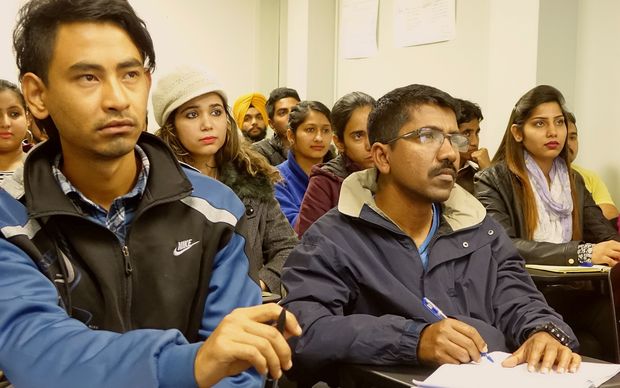
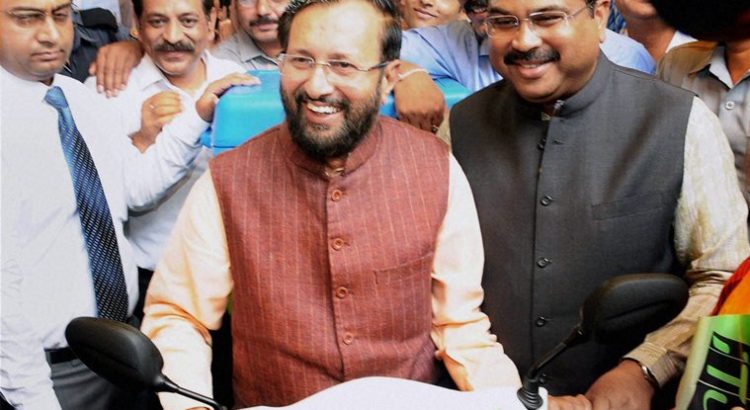


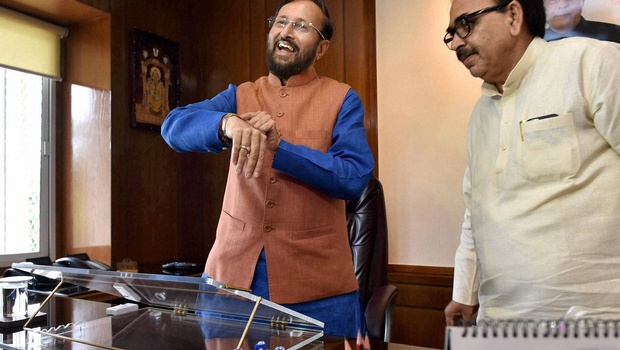
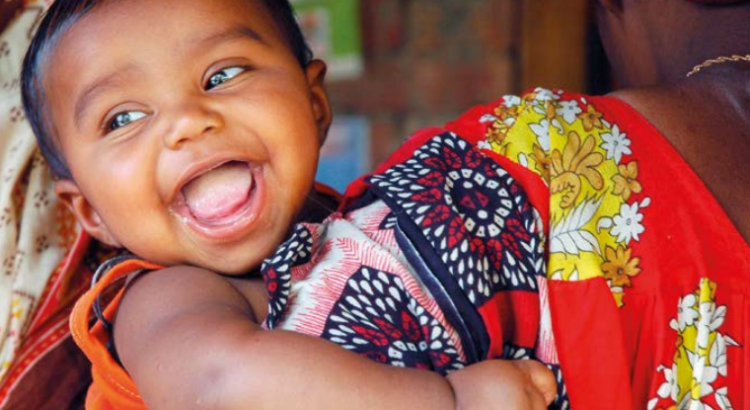
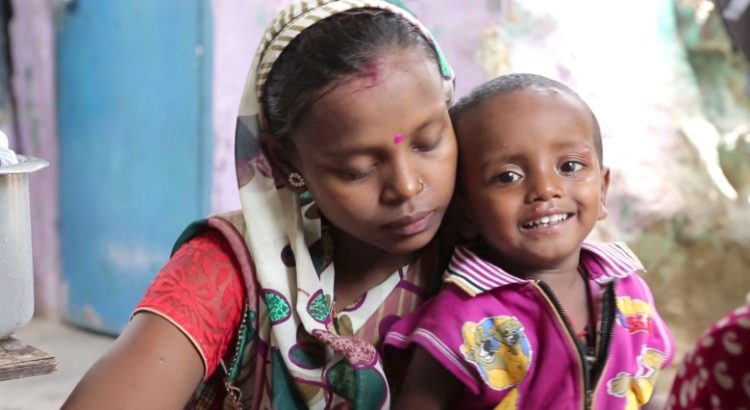





 Users Today : 70
Users Today : 70 Total Users : 35404548
Total Users : 35404548 Views Today : 79
Views Today : 79 Total views : 3334119
Total views : 3334119